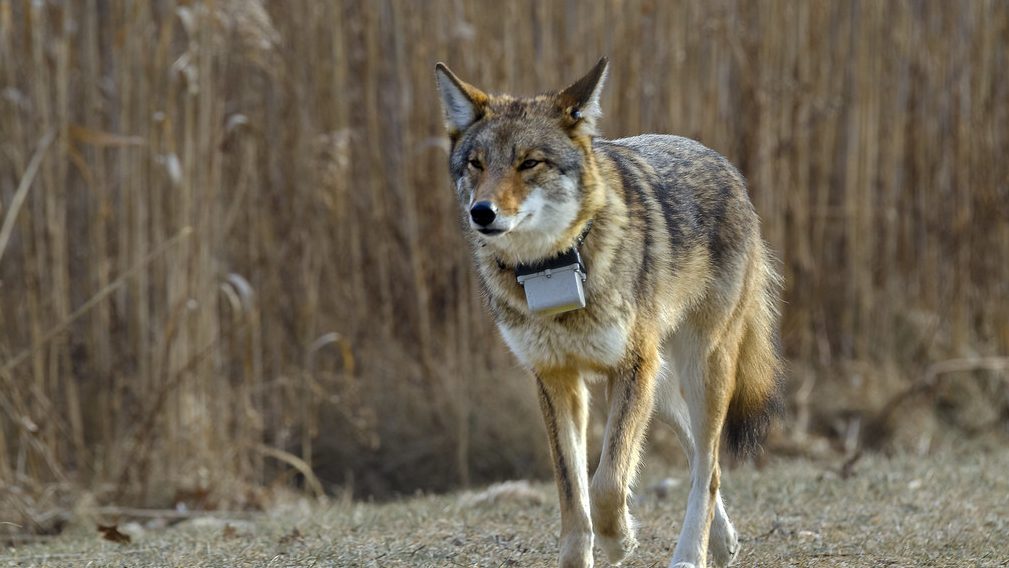
Although predators are an important part of nature and play key roles in shaping natural food webs, their presence in areas where people and pets live can result in conflict. Through knowledge, research and education, interactions between humans and wildlife can turn from conflict into co-existence. Currently little is known about the movements of predators on Edwards Air Force Base (AFB), particularly in areas where wildlands border human development. To gain a better understanding of predator movements and what resources they prefer, Edwards AFB Natural Resource Division and CEMML will track bobcats and coyotes that live around the housing, commercial, school and play areas on base.
What We Are Doing
In the spring of 2022, CEMML’s team of six biologists and one veterinarian conducted a season of bobcat and coyote collaring around the cantonment of Edwards Air Force Base. In total, two bobcats and two coyotes were humanely captured and outfitted with GPS satellite collars that will stay on for up to 12 months and then automatically drop off.
This fall, our team is conducting another season of trapping to reach our goal of collaring a total of 10 coyotes and 10 bobcats around the cantonment area.
Our experienced team continually monitors the animal’s health throughout the processing time, checking vitals such as heart beat and oxygen levels. Sterile gloves and medical masks are worn by the entire staff during animal handling to reduce the risk of any form of disease transmission.
These collars will provide crucial data to the Environmental Management department of certain base areas being used by the animals, the type of habitat they spend time in, and what makes them stay in those areas. Most importantly, these data will help base staff determine how best to manage individual animals that come into conflict with base residents.
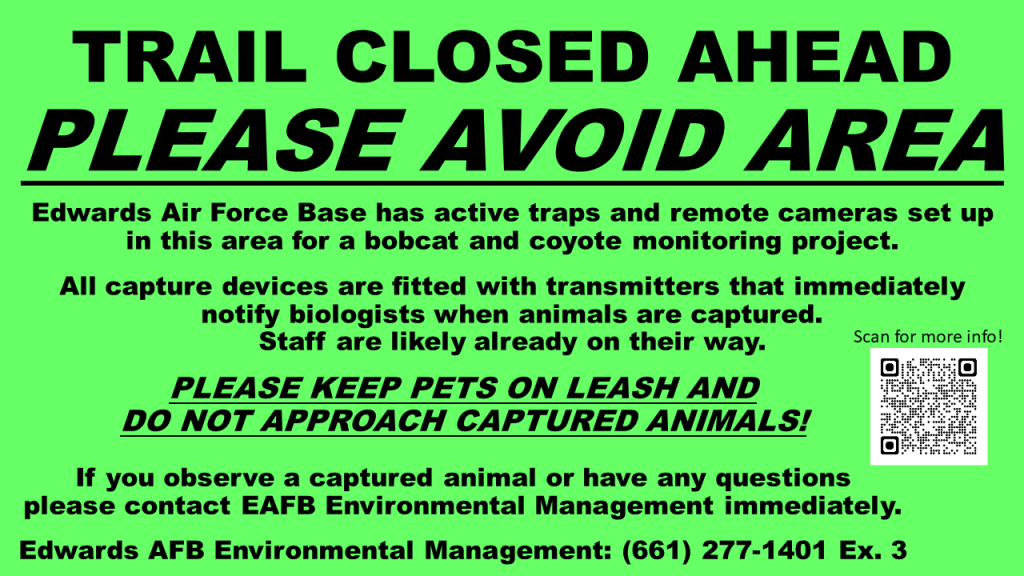
What to do if you find a captured bobcat or coyote?
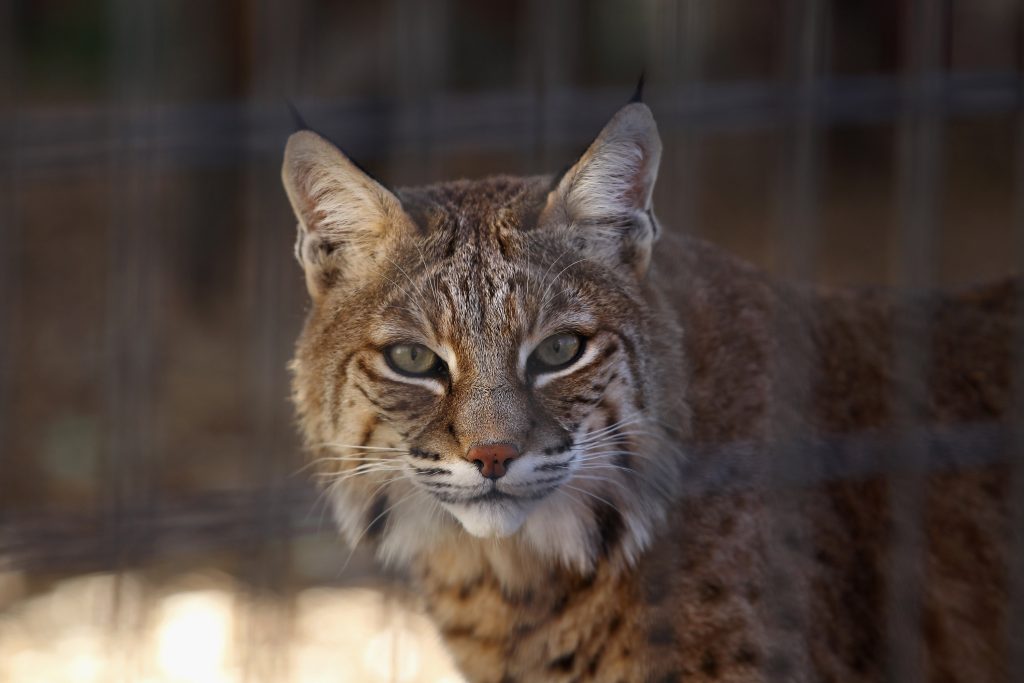
If the animal notices you, then you are too close. Your presence can stress captured animals and increase the risk of capture complications.
All capture devices are fitted with transmitters that immediately notify biologists when an animal is captured. Staff are likely already on their way.
Please look out for these signs placed around the cantonment. We kindly ask to avoid these areas, keep any dogs on leash, and do not approach any captured animals.
If you have any concerns, contact EAFB Environmental Management and tell them where you saw the captured animal. We want to thank all base citizens for complying with our temporary trail closures around the cantonment area during our trapping season!
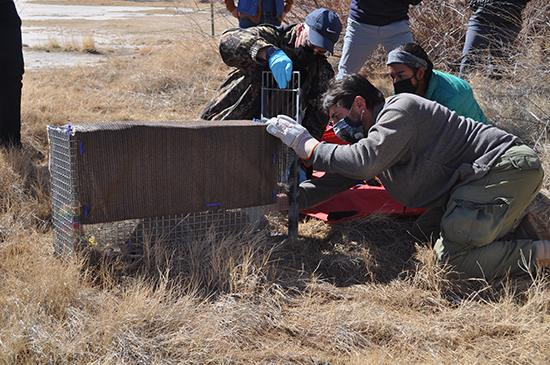
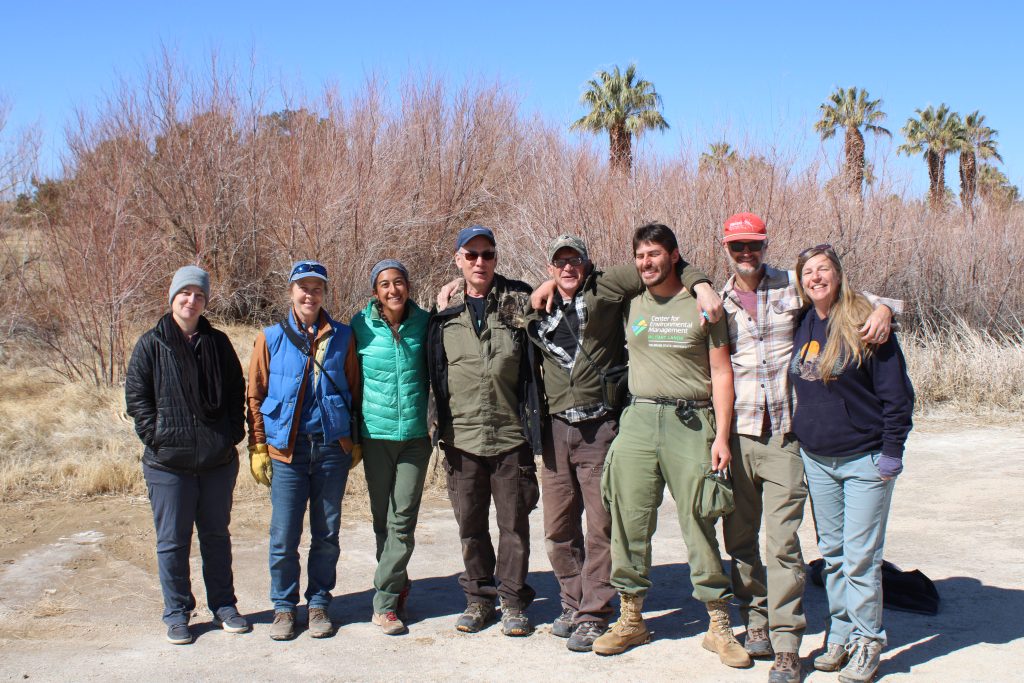
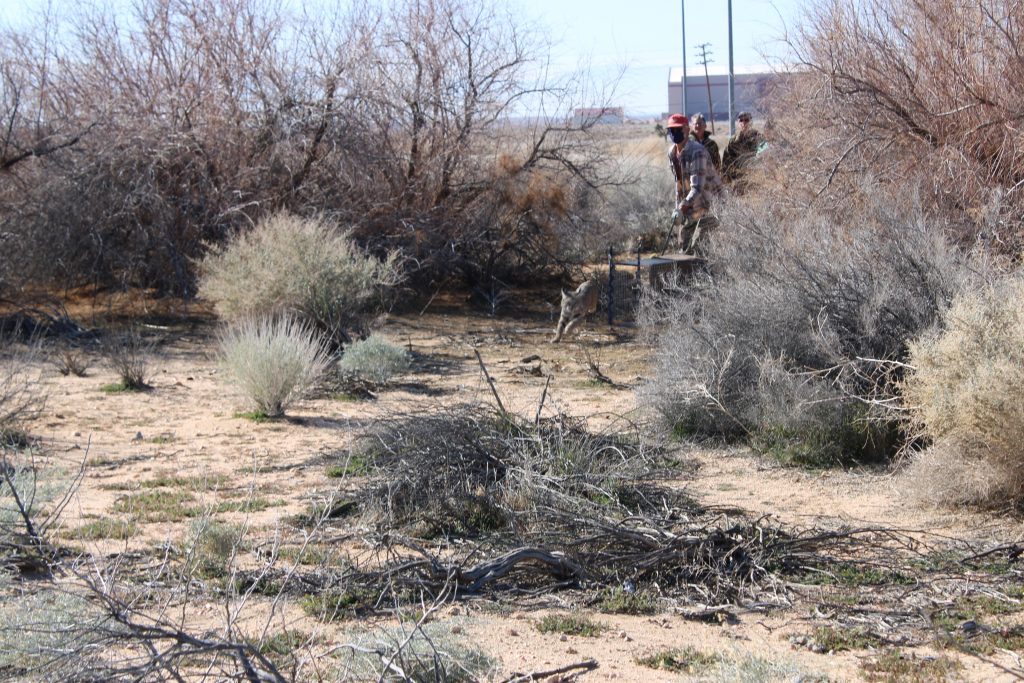
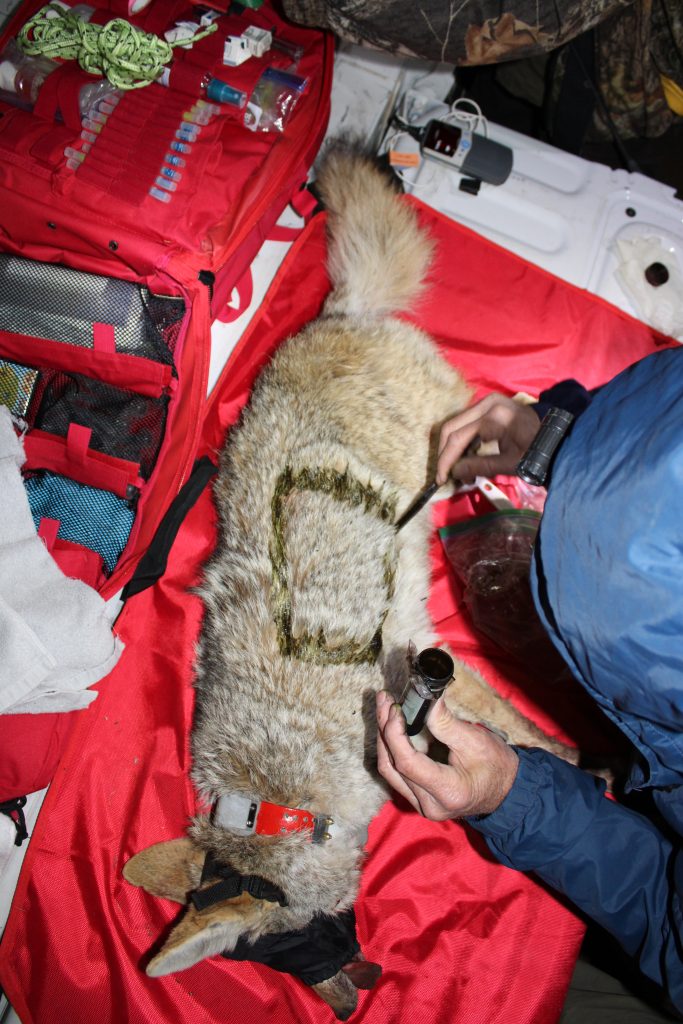
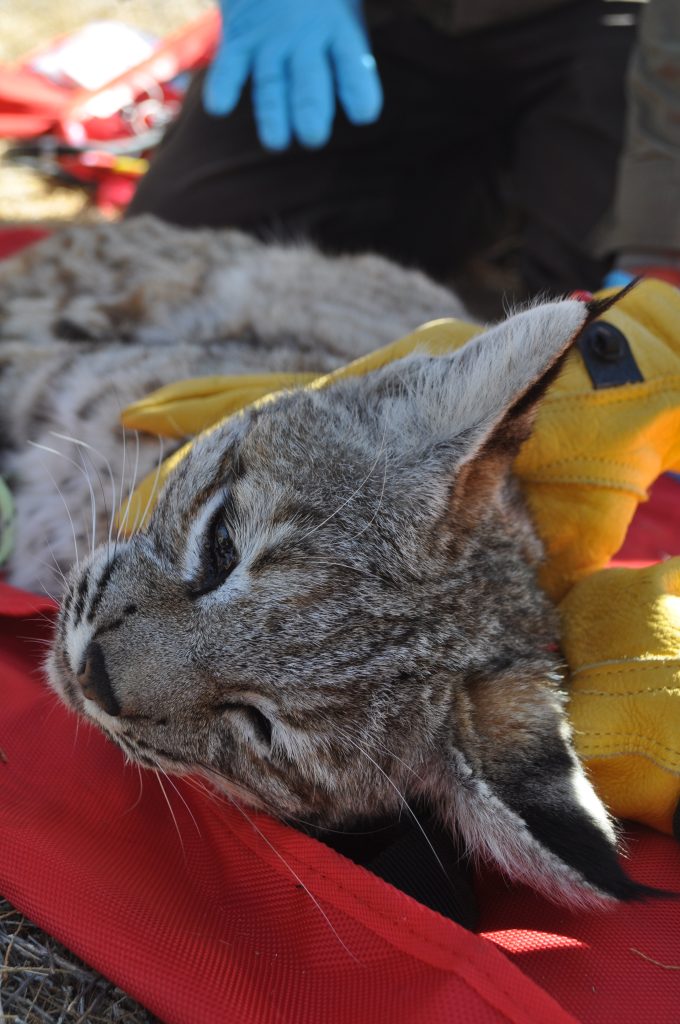
*Photos used on this page are for visual interest only and are not images captured from Edwards Air Force Base. Photos from the study will be added on a rolling basis.

